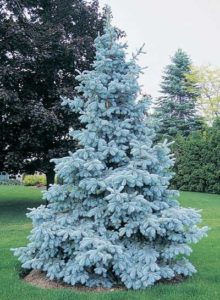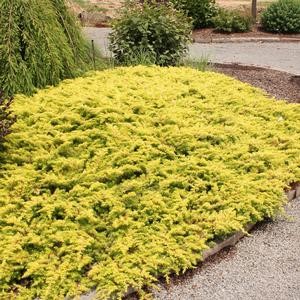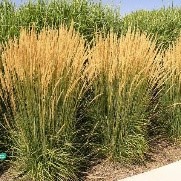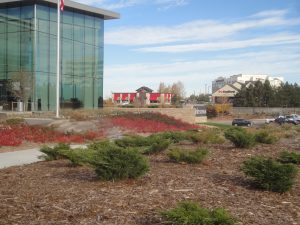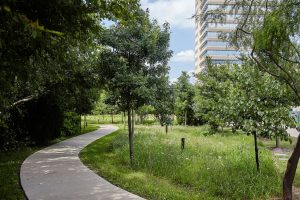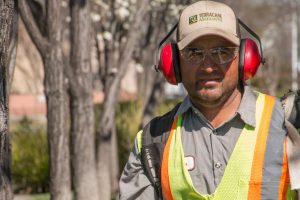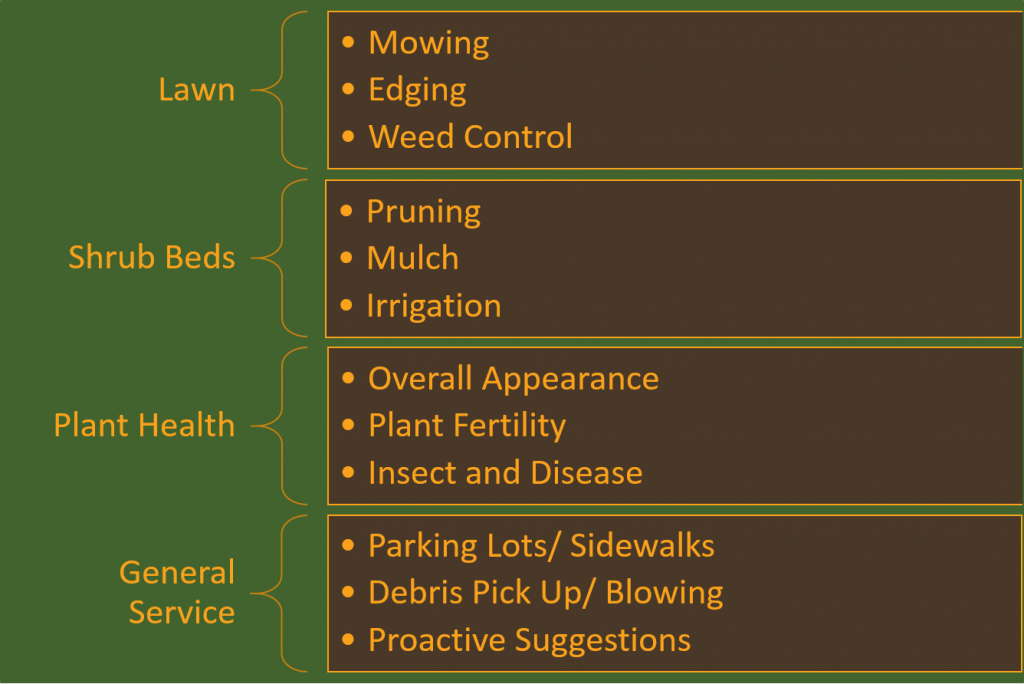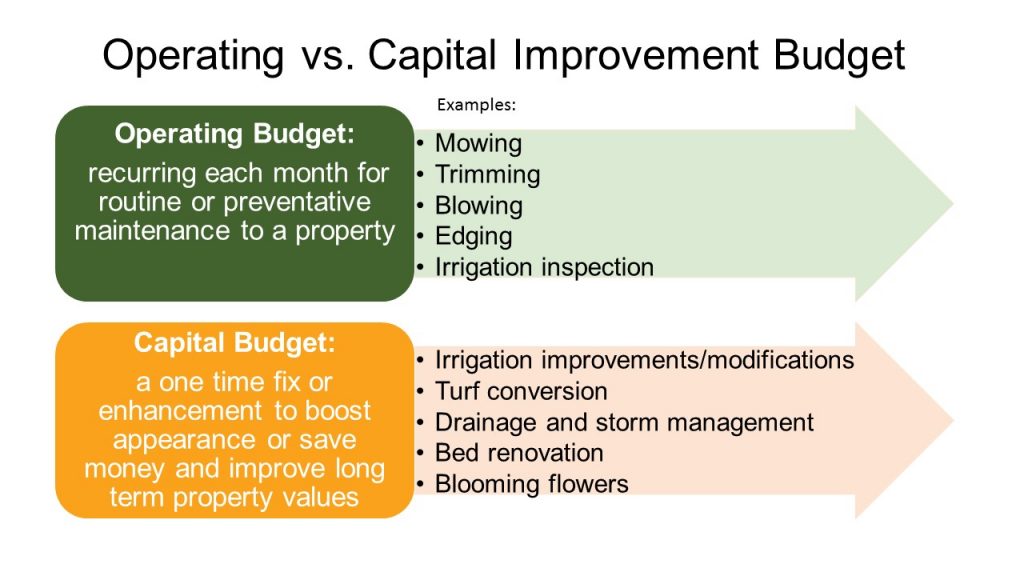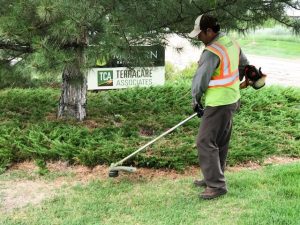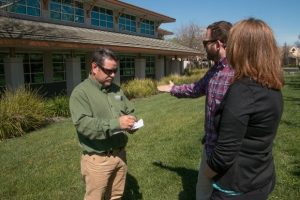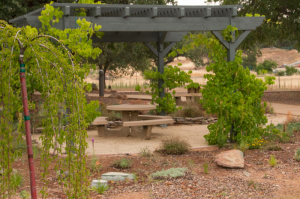For many of us there is no avoiding the upcoming snow and ice this season. Because of this, choosing lively plants that can thrive through the winter months is a great way to bring some life to your commercial landscape property. Below are five of our recommendations:
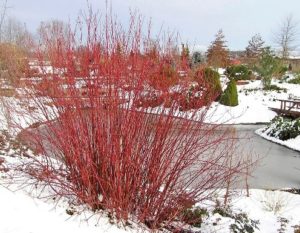 Red Twig Dogwood
Red Twig Dogwood
The fire red colors of this fun shrub provides a unique pop to any commercial landscape property, especially through the winter. During these months, the Red Twig Dogwood drops it’s leaves which in turn exposes the shrubs incredible, bright red bark. Red Twig Dogwood are exceptionally adaptable and are known to thrive both in the cold and hot extremes.
Colorado Blue Spruce
A popular evergreen tree, the Colorado Blue Spruce, gives off a silvery- blue hue and is a perfect way to add a lush feel during these cold, snowy months. Colorado Blue Spruce trees can grow to about 30 to 50 feet high, however they only are 10 to 20 feet wide. In addition to that, birds love these kinds of trees! That being said more color will be added as the birds fly in and out of your commercial landscape property.
Golden Pacific Juniper
This low growing evergreen juniper grows to 10 to 15 inches tall and is great for any ground cover or for cascading over a wall. Golden Pacific Juniper stands out in the winter months by giving a yellowish, golden look that really comes through. On top of that it is a very low maintenance, durable plant, being both resistant to deer and insects.
Winter Camellia
Adding a Winter Camellia might be just what your property needs for that extra spark during the dull winter months. Known for being a winter bloomer, this beautiful shrub surely is a treat for any commercial landscape property. The Winter Camellia produces flowers that range in color from pure white to soft pink to a dark red.
Feather Reed Grass
This persistent grouping of ornamental grass, holds its grain heads well into the winter. Feather Reed Grass grows to be 3 to 5 feet tall and the grain heads at the top will add a golden hue to your property. An added perk is that Feather Reed Grass is an extremely versatile plant. Due to that, it can be found in many locations in the U.S.

